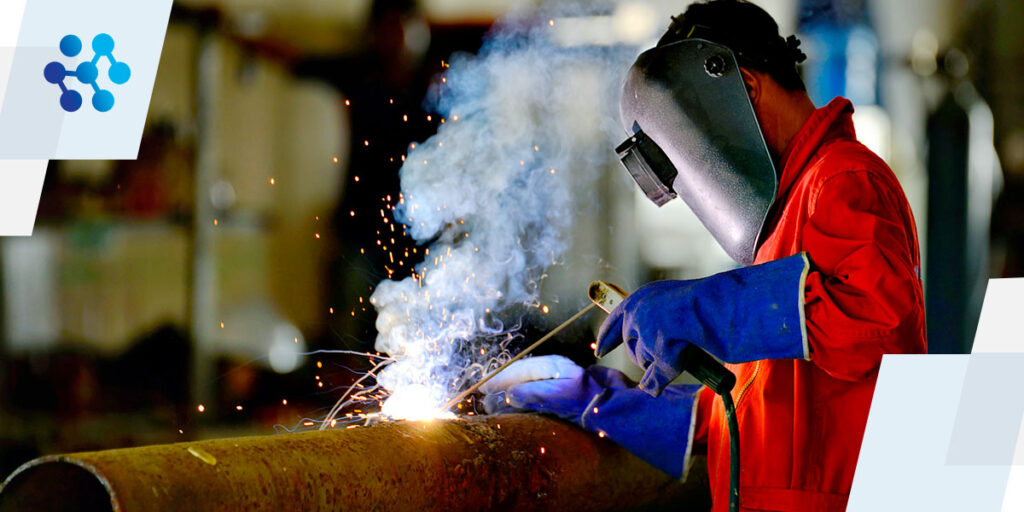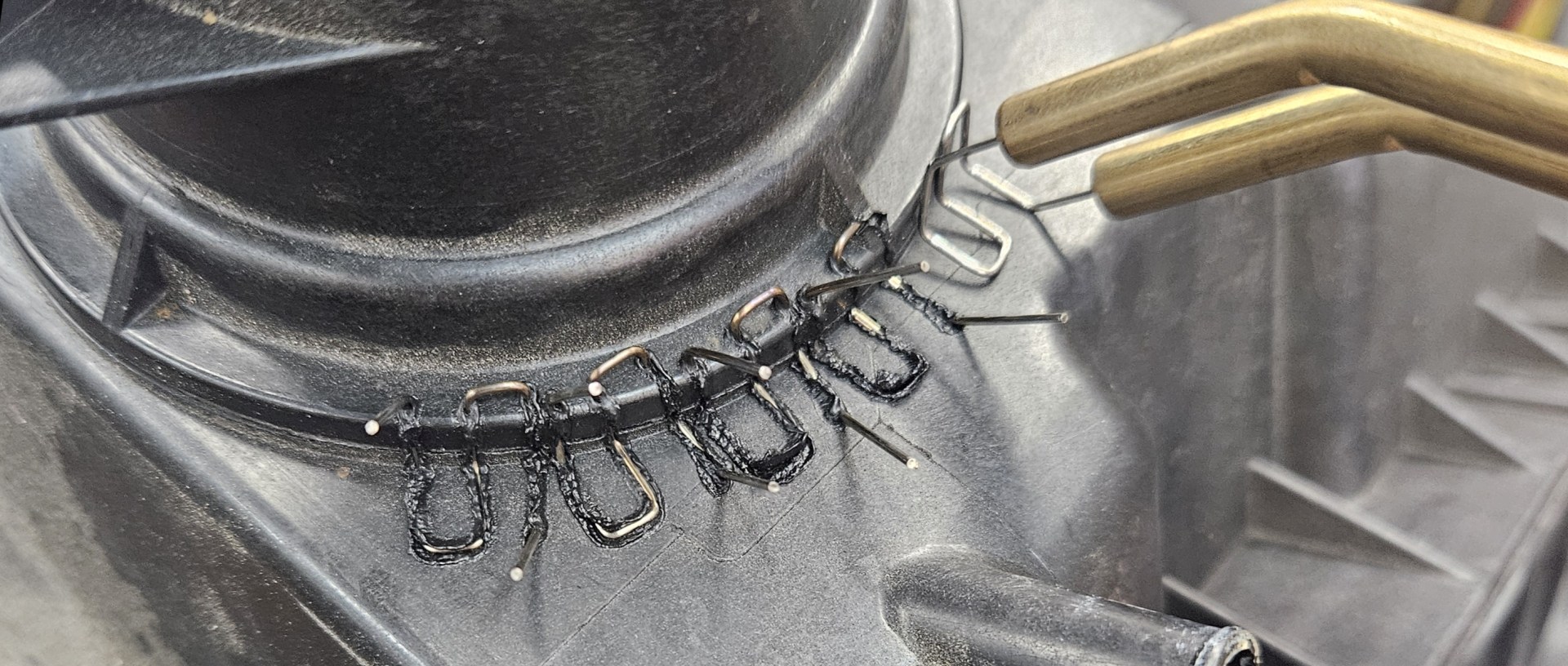How to prevent distortion in Montana Mobile Welding and Repair Welding projects
Everything about Welding: Trick Insights Into Techniques and Best Practices for Success
Welding encompasses a variety of techniques, each suited for certain materials and applications. Understanding these techniques, such as GMAW, SMAW, and TIG, is vital for accomplishing excellent outcomes. Moreover, the ideal equipment and security methods can not be ignored. As preparation and fixing play essential roles in the welding procedure, mastering these aspects can significantly enhance the high quality of the end product. What are the vital variables that assure an effective weld?
Comprehending Various Welding Techniques
Welding methods encompass a range of approaches, each matched to certain applications and materials. Amongst one of the most usual techniques are Gas Steel Arc Welding (GMAW), Protected Steel Arc Welding (SMAW), and Tungsten Inert Gas Welding (TIG) GMAW, additionally called MIG welding, is popular for its rate and adaptability, making it optimal for thin materials. SMAW, or stick welding, is favored for its simplicity and effectiveness in outdoor settings, specifically with thicker steels. TIG welding uses accuracy and control, making it appropriate for intricate job and non-ferrous metals (Montana Mobile Welding and Repair Belgrade). Each strategy has its special advantages and considerations, enabling welders to select the very best method based on the job's requirements, product kind, and preferred end results. Recognizing these methods is important for effective welding
Vital Welding Tools and Tools
While different welding strategies call for particular abilities, the ideal equipment and tools are similarly essential for accomplishing high quality outcomes. Vital welding equipment includes welding devices, which vary relying on the technique-- such as MIG, TIG, or stick welding. Protective gear, including safety helmets, aprons, and gloves, warranties safety and comfort during the procedure. In addition, fixtures and clamps aid protect products in location, making sure precision in welds. Consumables like welding rods, wire, and protecting gas are also vital parts that influence the top quality of the weld. Devices such as mills and cutters assist in surface preparation and post-weld completing, contributing to a professional result. Buying top notch devices eventually enhances the efficiency and effectiveness of welding jobs.
Security Practices in Welding
Appropriate security practices are crucial in the welding market to shield workers from possible risks. Welders must wear proper personal safety devices (PPE), including safety helmets with correct shading, gloves, and flame-resistant clothing. Ample ventilation is crucial to decrease direct exposure to harmful fumes and gases generated throughout the welding procedure. Furthermore, employees ought to be educated in the appropriate handling of welding equipment to avoid accidents. Fire precaution, such as maintaining combustible materials far from the welding location and having fire extinguishers easily available, are required. Routine evaluations of tools and workspaces can help determine prospective threats before they cause crashes. By sticking to these safety and security techniques, welders can develop a safer working environment and lessen threats connected with their trade.
Readying Products for Welding
Preparing products for welding is a crucial step that substantially influences the top quality and stability of the end product (Welding). Appropriate prep work entails cleaning the surfaces to eliminate pollutants such as rust, oil, and dirt, which can endanger the weld. Techniques such as grinding, fining sand, or utilizing solvents are frequently employed to attain a clean surface area. Additionally, making sure that the products mesh well is essential; gaps can lead to weak welds. It's likewise important to take into consideration the alignment and positioning of the elements, as this will impact the simplicity of welding and the last outcome. Finally, choosing the suitable filler material and ensuring compatibility with the base steels is essential for attaining strong, resilient welds
Tips for Achieving High-Quality Welds
Attaining premium welds calls for interest to information and adherence to ideal methods throughout the welding procedure. Appropriate joint prep work is essential, making certain surface areas are tidy and cost-free from impurities. Selecting the ideal filler product and welding technique click to investigate based on the base metals is crucial for excellent bonding. Maintaining regular travel rate and angle while welding can avoid defects and promote uniformity. Furthermore, managing warm input is important; too much heat can lead to warping and damaged joints. On a regular basis examining the welds during the procedure permits prompt modifications if essential. Finally, using proper post-weld treatments, such as cleaning and stress alleviation, can boost the durability and integrity of the weld, inevitably guaranteeing a successful end result.
Repairing Usual Welding Issues
Welding typically provides challenges that can influence the quality and integrity of the end product. Typical problems such as porosity, irregular weld grains, and overheating can emerge, each calling for certain fixing strategies. Comprehending these problems is essential for welders to improve their skills and achieve suitable results.
Porosity Troubles Described
Porosity can often be forgotten, it continues to be a vital problem in welding that can compromise the honesty of an ended up item. Porosity refers to the visibility of small gas pockets within the weld grain, which can lead and damage the joint to early failure. This issue typically develops from pollutants, wetness, or improper protecting gas protection during the welding procedure. To minimize porosity, welders ought to verify that the base materials are completely dry and tidy, make use of proper shielding gases, and keep consistent welding parameters. Consistently examining the devices and atmosphere can also assist determine possible issues before they manifest in the weld. Dealing with porosity efficiently is check my blog necessary for accomplishing solid, durable welds that satisfy high quality criteria.

Inconsistent Weld Beans
Irregular weld beads can considerably influence the quality and stamina of an ended up item. Various factors add to this concern, including improper traveling speed, inaccurate amperage setups, and irregular electrode angles. When the welder moves also quickly, a grain may appear narrow and do not have infiltration, while moving too gradually can create too much build-up. Additionally, making use of the incorrect amperage can result in either undercutting or excessive spatter, both of which compromise weld stability. The welder's method, such as inconsistent torch motion, can additionally lead to unequal bead look. To minimize these issues, welders need to concentrate on keeping steady, regulated activities and guaranteeing correct tools settings to accomplish uniformity in their welds. Consistency is vital to attaining dependable and strong welds.
Overheating and Bending Issues
Excessive warmth during the welding process can result in significant overheating and contorting concerns, influencing the architectural honesty of the work surface. These problems commonly manifest as distortion, which can compromise alignment and fit-up, making additional assembly challenging. Factors contributing to overheating include the choice of welding parameters, such as voltage and take a trip rate, along with the type of material being welded. To mitigate these issues, welders ought to maintain regular travel speed and appropriate warm input while keeping an eye on the work surface temperature level. Additionally, preheating or post-weld warmth treatment can help minimize stresses triggered by quick air conditioning - Montana Mobile Welding and Repair Belgrade Welding. Regular inspection and adherence to ideal practices are necessary in stopping overheating and making certain the longevity and integrity of bonded structures
Regularly Asked Questions
What Are the Profession Opportunities in the Welding Industry?
The welding market offers diverse job chances, including positions as welders, educators, inspectors, and designers. Professionals can work in manufacturing, building and construction, aerospace, and auto fields, benefiting from solid demand and affordable incomes in various functions.
How Can I Enhance My Welding Speed Without Giving Up Top Quality?
To boost welding speed without sacrificing high quality, one should practice reliable techniques, keep equipment, enhance setups, and boost hand-eye control. Routine training and looking for responses can likewise substantially contribute to accomplishing much faster, top quality welds.
What Accreditations Are Available for Welders?
Countless certifications exist for welders, including those from the American Welding Culture (AWS), the National Center for Building And Construction Education and Study (NCCER), and various industry-specific companies. These qualifications improve employability and show ability efficiency.
Exactly How Does Welding Influence the Characteristics of Metals?
Welding influences the buildings of metals by altering their microstructure, which can lead to changes in ductility, toughness, and firmness. Warmth input and air conditioning rates during the process greatly affect these product attributes.
Can I Bonded Dissimilar Metals With Each Other?
